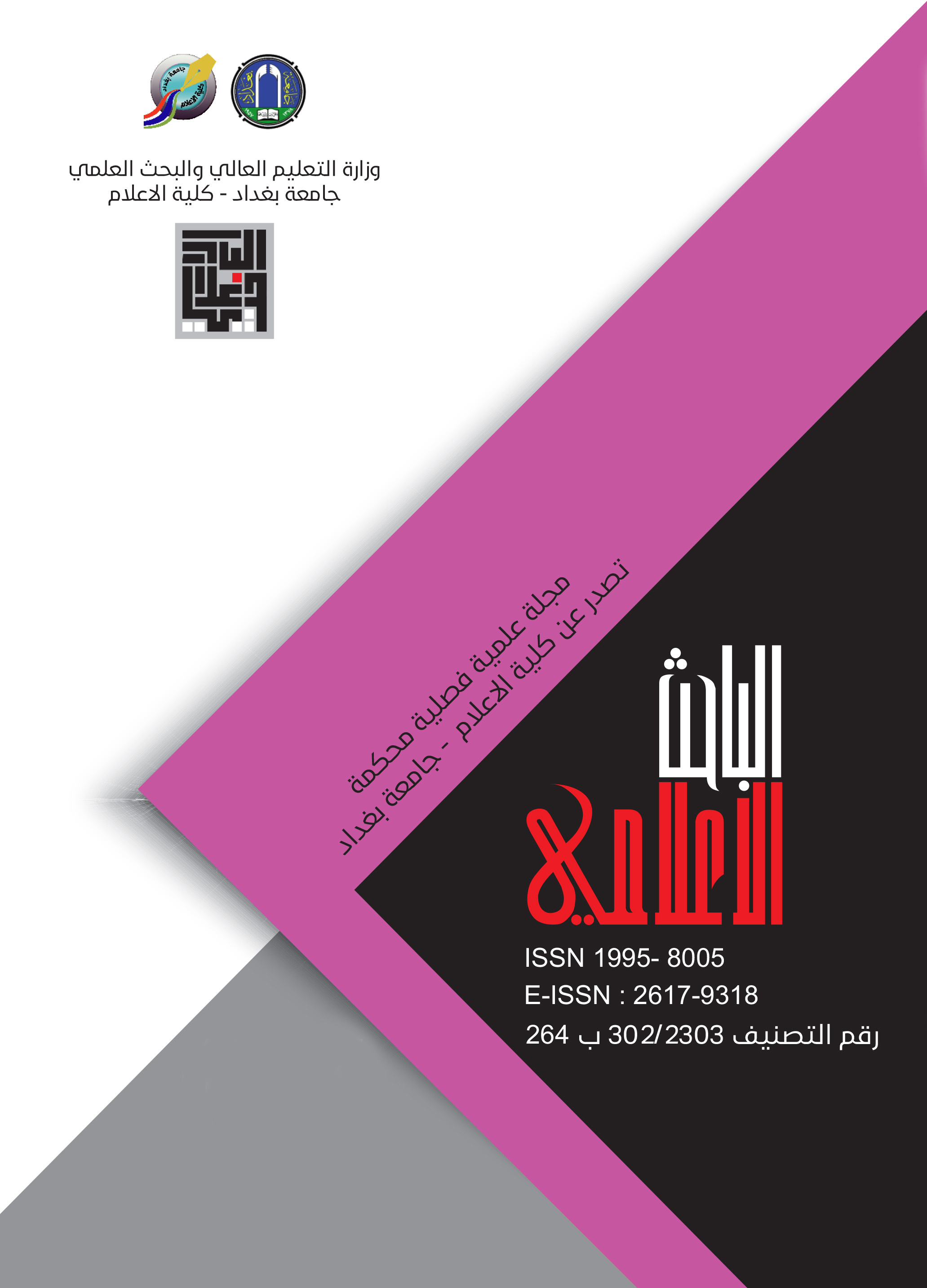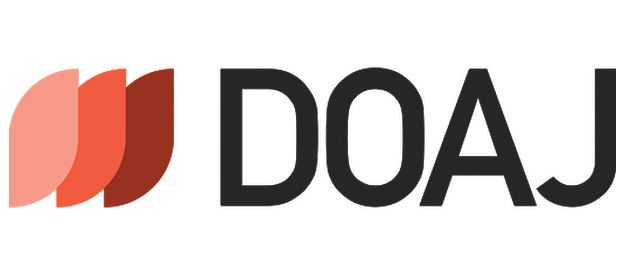الملحق رقم 2
إرشادات إعداد الرسوم البيانية
الدقة: تهدف إلى الحصول على دقة لا تقل عن dpi 300 للرسومات الخطية (تحتوي على خطوط) وdpi 600 للصور الفوتوغرافية أو الأعمال الفنية المركبة. وهذا يضمن صوراً واضحة وحادة.
الحجم والقياس: قم بتغيير حجم الرسومات الخاصة بك لتناسب الأبعاد المطلوبة لتخطيط المجلة. تجنب زيادة الحجم أو تصغيره بشكل مفرط، حيث قد يؤدي ذلك إلى وضوح الصورة أو فقدان جودتها.
الخطوط والنص: استعمل خطوطاً واضحة ومقروءة في رسوماتك. تأكد من أن النصوص كبير بما يكفي لتسهل قراءتها عند إعادة تعديل الرسم. تجنب استعمال أحجام نصية أصغر من 8 نقاط.
تنسيقات الملفات: احفظ رسوماتك كملفات عالية الدقة بأحد التنسيقات التالية: TIFF أو EPS أو PDF أو JPEG. توفر هذه التنسيقات جودة صورة ممتازة ومدعومة على نطاق واسع.
اللون: إذا كانت رسوماتك تحتوي على ألوان، فتأكد من أنها في متناول القراء الذين قد يشاهدونها بالأبيض والأسود. استعمل أنماطاً أو رموزاً يمكن تمييزها بالإضافة إلى اللون لنقل المعلومات المهمة.
التسميات والعلامات الإيضاحية: قم بتسمية جميع العناصر في رسوماتك بوضوح، بما في ذلك المحاور ونقاط البيانات ووحدات القياس. قم بتوفير وسيلة إيضاح شاملة أو تسمية توضيحية تشرح محتوى وسياق الرسم.
التناسق: حافظ على أسلوب وتنسيق متسقين عبر جميع الرسومات في ورقتك البحثية. هذا يساعد القراء على التنقل وفهم المعلومات المقدمة.
المواد المحمية بحقوق الطبع والنشر: احصل على إذن لاستعمال المواد المحمية بحقوق الطبع والنشر في رسوماتك، مثل الصور أو الأشكال من الأعمال المنشورة مسبقاً. قدم الاستشهادات والإرشادات المناسبة حسب الضرورة.
الأشكال: يجب أن يكون كل شكل في ورقتك البحثية مصحوباً بتعليق يتضمن رقم الشكل ووصفاً موجزاً. يجب أن يكون التعليق قادراً على نقل الرسالة الرئيسية للشكل بشكل مستقل، دون الحاجة إلى الرجوع إلى النص المحيط. بالإضافة إلى ذلك، يوصى بدمج أي مفتاح للرموز مباشرةً داخل العمل الفني نفسه، بدلاً من تضمينه فقط في التسمية التوضيحية. يساعد هذا القراء على فهم معنى الرموز والاختصارات المستخدمة في الشكل بسهولة. من الضروري ضمان الاتساق بين الرموز والاختصارات المستخدمة في النص وتلك الموضحة في العمل الفني.
يجب أن يكون كل جدول في ورقتك البحثية مصحوباً بعنوان موجز يقدم وصفاً موجزاً لمحتوياته. يجب أن يكون العنوان قادراً على نقل المعلومات الرئيسية التي ينقلها الجدول دون الحاجة إلى الرجوع إلى النص المحيط. من المهم تجنب تضمين تفاصيل مفرطة في العنوان واستعمال الحواشي السفلية بدلاً من ذلك للحصول على تفسيرات أو توضيحات إضافية.
يجب استعمال الجداول عند تقديم البيانات التي لا يمكن فهمها بسهولة في السرد، وعندما تكون هناك حاجة لتقديم العديد من الأرقام، أو عندما يمكن لتنسيق الجدول إظهار علاقات ذات مغزى بشكل فعال. الغرض من الجداول هو استكمال وتعزيز المعلومات المقدمة في النص والأشكال، بدلاً من تكرارها. لذلك، من الضروري إبقاء الجداول بسيطة وموجزة ومركزة.
المخططات: يجب أن يكون كل مخطط يمثل سلسلة من الإجراءات مصحوباً بتعليق موجز يصف محتوياته. يجب أن توفر التسمية التوضيحية نظرة عامة موجزة عن الإجراءات الموضحة في المخطط، مما يسمح للقراء بفهم محتواها دون الحاجة إلى الرجوع إلى النص المحيط.
الرسوم البيانية: يجب أن يحتوي كل رسم بياني، الذي يتكون من مجموعات من الهياكل دون إظهار ردود الفعل، على تعليق مختصر يصف محتوياته. يجب أن يوفر التعليق شرحاً موجزاً للمعلومات الموضحة في الرسم البياني، مما يسمح للقراء بفهم محتواها دون الحاجة إلى الرجوع إلى النص المحيط.













